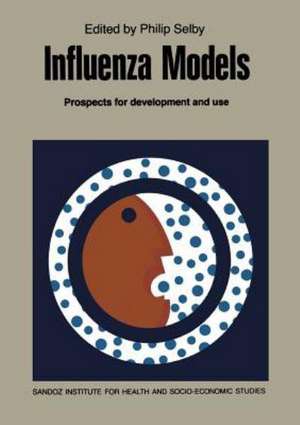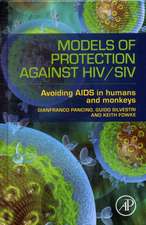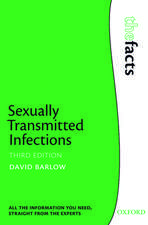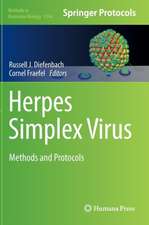Influenza Models: Prospects for Development and Use
Editat de P. Selbyen Limba Engleză Paperback – 5 iun 2012
Preț: 358.43 lei
Preț vechi: 377.30 lei
-5% Nou
Puncte Express: 538
Preț estimativ în valută:
68.62€ • 70.57$ • 56.92£
68.62€ • 70.57$ • 56.92£
Carte tipărită la comandă
Livrare economică 17 februarie-03 martie
Preluare comenzi: 021 569.72.76
Specificații
ISBN-13: 9789401180528
ISBN-10: 9401180520
Pagini: 260
Ilustrații: 259 p. 45 illus.
Dimensiuni: 148 x 210 x 14 mm
Greutate: 0.31 kg
Ediția:Softcover reprint of the original 1st ed. 1982
Editura: SPRINGER NETHERLANDS
Colecția Springer
Locul publicării:Dordrecht, Netherlands
ISBN-10: 9401180520
Pagini: 260
Ilustrații: 259 p. 45 illus.
Dimensiuni: 148 x 210 x 14 mm
Greutate: 0.31 kg
Ediția:Softcover reprint of the original 1st ed. 1982
Editura: SPRINGER NETHERLANDS
Colecția Springer
Locul publicării:Dordrecht, Netherlands
Public țintă
ResearchCuprins
Background paper: Applications of mathematical models to the epidemiology of influenza: a critique.- I. The epidemiology of influenza key facts and remaining problems.- Discussion.- II. Models of the temporal spread of epidemics.- Discussion.- III. Models of family and small community spread.- Discussion.- IV. Relationship of parameters to the real world.- Discussion.- V. Herd immunity.- Discussion.- VI. Models of geographic spread.- Discussion.- VII. Intervention models and vaccine strategy.- Discussion.- VIII. Recommendations.- Participants.









